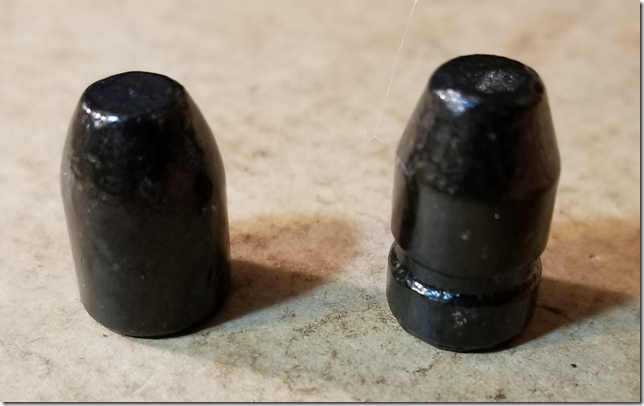My chronograph died a couple years ago and I went shopping for a new one. The radar based Labradar chronograph showed up in my search. At first I blew right on by it because it cost $600. I was expecting to pay something on the order of $100. But the more I looked around the more I thought about the radar unit.
No optical sensors to put up down range! I could go to the local indoor range and set it up in my stall and do my chronograph work rather than waiting for trip to Idaho or reserving the training bay to myself. It would also work under any lighting condition. Indoors I had to use special LED lights and cover the sensors to protect them from the flickering fluorescent lights. Even when I was outside if it got too late in the day there wouldn’t be enough light and I would have to supply artificial (non flickering) light. Set up and break down took time, especially with the extra lighting issues.
Another issue is that with the optical sensor chronograph you get the velocity for each shot at one particular distance from the muzzle. Labradar will give you velocities from the muzzle out to 100 yards depending on the size of the bullet. .22 caliber bullets, even under idea conditions, disappear from the radar at about 60 or 70 yards. It’s amazing it can do that well. For those with some physics and/or electrical engineering background think about the cross sectional area of the bullet and the length of the electromagnetic wave. How do you get a detectable reflection off of something that small from so far away? It’s amazing!
I finally spent the money. I rationalizing that it would save me a lot of time and I would have a lot faster turnaround during my load development. Plus I could use the down range data from a single shot fired to compute the ballistic coefficient of bullets that I didn’t have factory data for (think pulled military surplus bullets).
It was a little awkward to use at first. Then they came out with a free app for my phone. That made a huge difference in the usability of it. I am extremely pleased with it.
In a little over two years I have fired 1836 measured bullets (a few more were fired but weren’t detected because of setup error) resulting in 134 different series.
There is a single .CSV file (easily read and worked with in Excel) for each series giving the typical statistics at preset ranges and a different .CSV file for each shot fired with the velocity measured every two milliseconds. For a 1000 fps bullet this means you get the velocity of that bullet every two feet until it disappears from radar view. This is very cool!
Yesterday I received an email from Labradar saying the unit is on sale for $499.95 from November 9th until December 2nd. Details here. You need an external USB power supply. They sell one or you can get a USB charger from Amazon or elsewhere. I recommend getting their tripod. It’s sturdy and short enough you can shoot prone with it. I’m a little annoyed they don’t have more internal storage. If you have an old SD card laying around (or a smaller card with an adapter) use that. Even a couple of megabytes will be way more storage than you would ever use in a single session.
Like this:
Like Loading...



